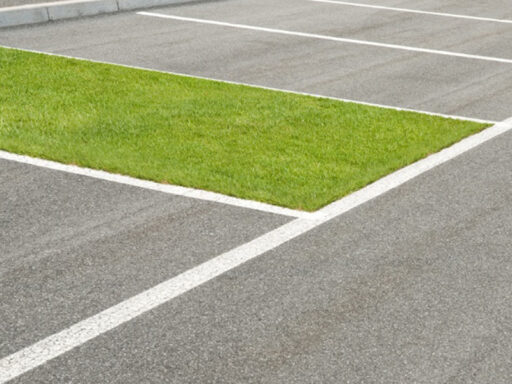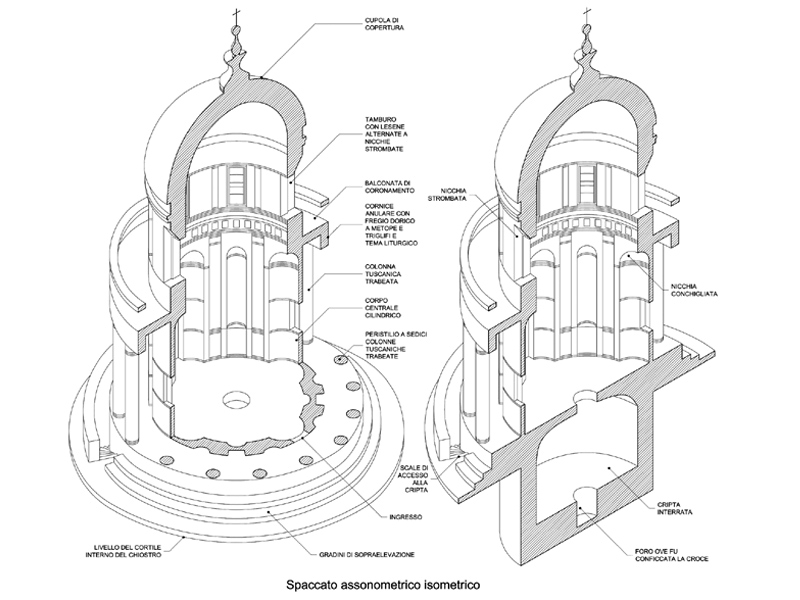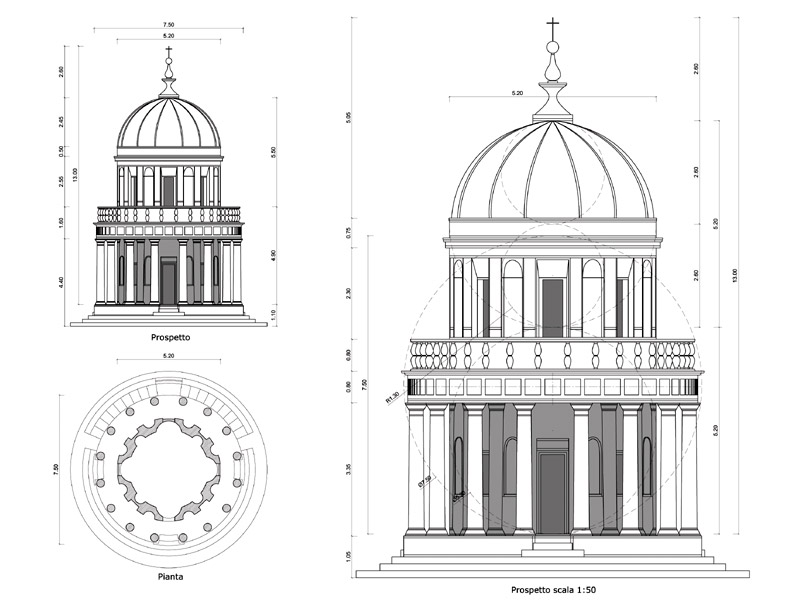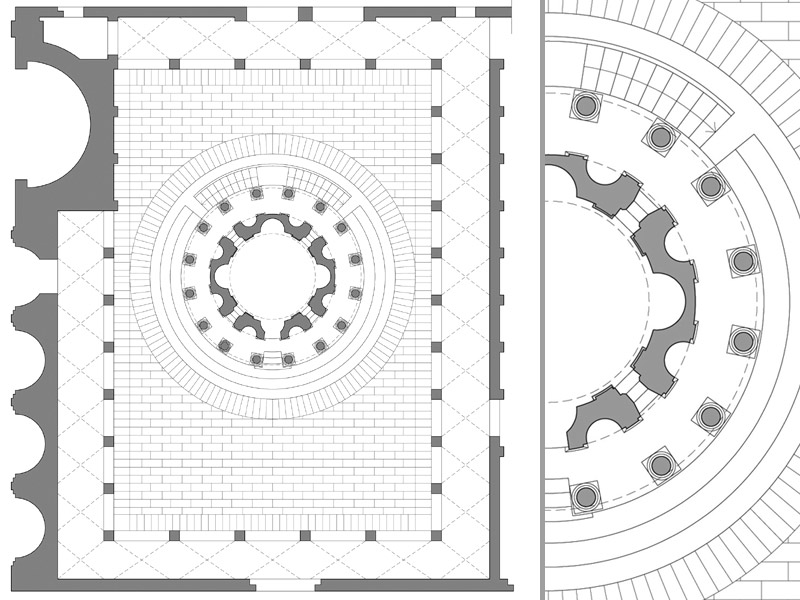Tempietto di San Pietro in Montorio
The small Temple by Bramante, the highest example of Italian Renaissance architecture, Rome 1502 – 1510
Location
Roma - Via di S. Pietro in Montorio
Year
1502 - 1510
Architect
Donato Bramante
The small temple of San Pietro in Montorio, also called Tempietto del Bramante, is a small building with a circular plan located in the center of one of the courtyards of the convent of San Pietro in Montorio in Rome, on the Janiculum hill; it is located in piazza di San Pietro in Montorio, 2.
It is considered one of the most significant examples of Renaissance architecture, of which it exemplifies some of the fundamental themes, such as the central plan, the revival of ancient Roman architecture and the proportional and geometric research in the relationship between the parts.
The construction was commissioned to Bramante by the Catholic kings of Spain Isabella I of Castile and Ferdinand II of Aragon, as the dissolution of a vow. Later, a Spanish congregation was present in the convent complex and still today a part of the buildings surrounding the temple are the seat of the Spanish Academy. Perhaps it was designed in 1502, but there are some doubts about the years of design and construction as some, in the absence of documentation, propose to postpone the dating around 1510, thus making it contemporary to Bramante's major projects. The small building was supposed to celebrate the martyrdom of St. Peter which, according to a rather late tradition, took place right on the Janiculum Hill.
The architecture is that of a small, raised monoptera temple, taken from the ancient Roman circular and monumental peripteral temples (the so-called martyria, because they were built in honor of the martyrs).
It has a cylindrical body (from which we can deduce the Renaissance admiration for the perfect circular shape), carved out of lightening niches and surrounded by a Doric colonnade (peripteral), above which runs an entablature decorated with triglyphs and metopes with a liturgical theme of Greek origin. The external colonnade surrounds the cell whose masonry is marked by pilasters as a projection of the columns of the peristyle. In a canonical way he places the Doric column on a base like the Romans (while the Greeks placed it directly on the crepidoma, that is the floor of the temple).
The interior of the cell has a diameter of about 4 and a half meters, so that there is no space left for liturgical celebrations: this probably means that the temple was built not with church functions, but as a real celebratory monument, in this case. of the martyrdom of St. Peter (the Janiculum, where the temple stands, was traditionally considered the place where the saint had undergone the crucifixion).
In the original project the courtyard, now square, was circular and emphasized the centrality of the temple. The significance of centrality of the religious experience was thus amplified by the surrounding architectural space, in which classical architectural elements were still combined which gave an "exemplum" importance to the whole.
Also in this project by Bramante the perfect number returns as a reference, which configures the circular plan with 2 peripterium of 16 pillars (see Santa Maria della Pace).
The pilasters also arise from the centrality of the project as they are dimensioned through the projection from the center; the anterior columns are smaller, the posterior ones wider.
The dome, made of cement conglomerate (in the manner of the ancients), has a radius equal to its height, and to the height of the drum on which it rests; in this it has a clear relationship with the Pantheon (in which the dome, also a hemisphere, is exactly half the height of the complete building).
Source: Wikipedia
Drawings that can be purchased

20 €
How the download works?
To download files from Archweb.com there are 4 types of downloads, identified by 4 different colors. Discover the subscriptions
Free
for all
Free
for Archweb users
Subscription
for Premium users
Single purchase
pay 1 and download 1

































































